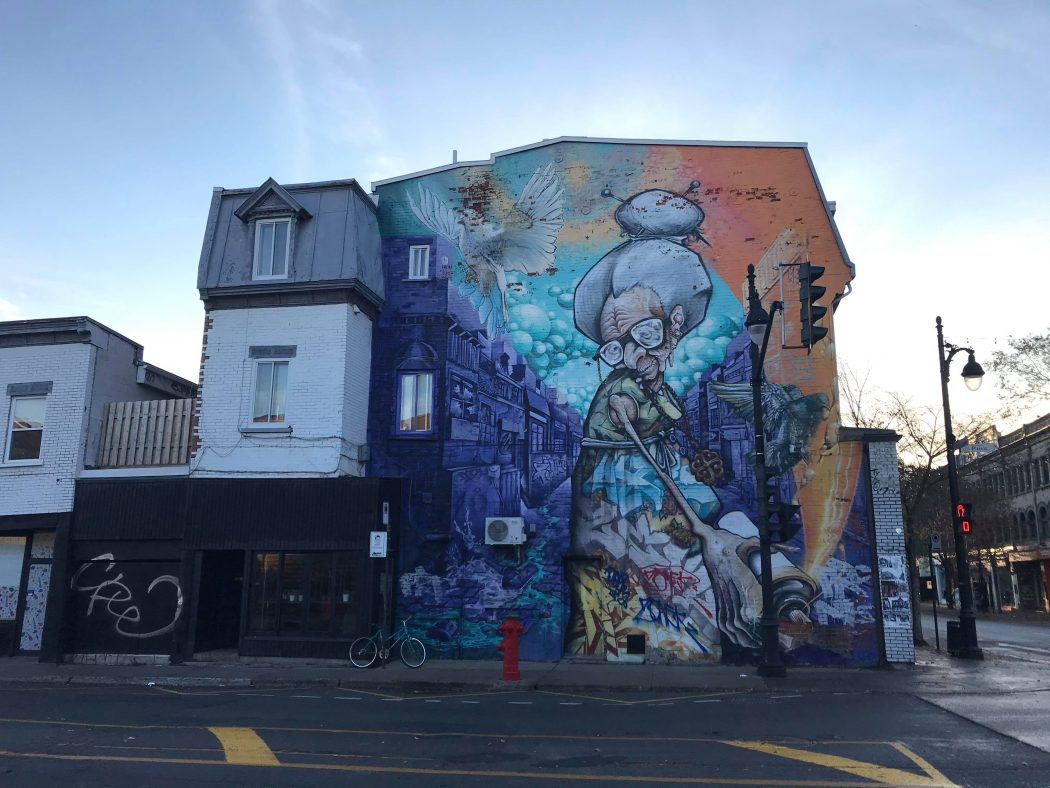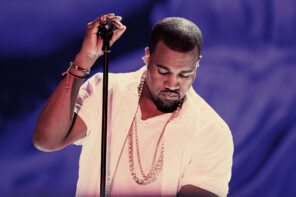Most of us are guilty of separating the art from the artist. We often distance ourselves from our favorite artists and musicians by allowing their fame to abstract their personality. It becomes difficult to imagine that their actions shape the content we engage with, or that they’re capable of moral slippage in the same way as you or me. Yet, knowing the artist whose work hangs in your local fine arts museum is an adulterer, a sex offender, or even just a mean-spirited person evokes the question: can we separate an artist’s personality from their work? And, even if we can, should we?
While it’s easy now to dismiss Rihanna’s black eye and Chris Brown’s guilty fists, Brown’s assault isn’t buried quite as deep as 2000s under-eyeliner or fishnet stockings. The music and art world are replete with artists whose personalities and moral actions do not align with their public acclaim. Examples of such artists range from 1950s crooners like Frank Sinatra, whose quick temper nearly killed his wife Ava Gardner, to even Diego Rivera, who cheated on his wife and muse Frida Kahlo. While viewers and listeners alike might dismiss the disparity between these figures’ public and private lives, it is important to consider the ways in which the two facets of an artist are intricately intertwined.
The way an artist sees themselves and the world around them is conveyed within their work, so that any personality characteristics are inseparable from how a work is produced.
Within the world of visual arts, considering an artist’s biography and personality is fundamental to understanding a particular work; the artist determines a painting or photograph’s composition, aesthetic qualities, and content. In this way, the work is a reflection of the artist’s deliberate choices and often functions as a mode of personal expression. Looking at a work like de Kooning’s Woman I without analyzing his personal relationships and feelings towards women is as difficult as claiming that Robert Mapplethorpe’s nude male photography can be separated from his exploration of sexual identity. The way an artist sees themselves and the world around them is encoded within their work, so any personality characteristics are inseparable from how a work is produced.
Viewing a painting as something disembodied—that is, as separate from the artist—means that the viewer is projecting their own desires onto the work or viewing it as a material object instead of understanding the piece through biographical context. This also means that who an artist is in their personal life doesn’t have to be a hindrance to how you understand their work. Rather, it’s more like a pair of those 3D glasses that have a red and blue lens; it’s a filter for looking, even if that means contending with the more unsavoury actions an artist has committed outside the frame.
For instance, it may come as a shock that Pablo Picasso is remembered for more than just his disjointed bulls and cubist vases. Accounts from the artist’s family reveal that Picasso refused to financially support his alcoholic daughter-in-law, nor his granddaughter after a recent divorce, confining them both to poverty “to teach them a lesson.” Knowing this, I have the choice to turn away when I stumble across one of his works in a museum. But I can also use this information to gain a new perspective on the subjects he painted, the colors he chose, and his depictions of women.
We decided that criticism is also a way to derive joy, a means of bridging the gap between moral standing and more simplistic pleasures.
While the visual art world is rife with examples, the debate over separating art from the artist isn’t exclusive to paintings and photography. Based on how accessible and seemingly commonplace music is, it feels more difficult to acknowledge that today’s Top 40 could be riddled with problematic figures.
While it is implausible to pause before every Michael Jackson song that comes on shuffle to remember his many reputable accusations of pedophilia, humming along to “Thriller” without considering the behind-the-scenes is also blatantly dismissive.
I recently brushed up against this issue in a gender studies class, where we looked at the ways we can placate our beliefs in feminism while satisfying our enjoyment of non-feminist content. We decided that criticism is also a way to derive joy, a means of bridging the gap between moral standing and more simplistic pleasures. Beyond the classroom, this can be applied to the ways we view and listen to work produced by controversial characters. Much like using biography as an approach to viewing art, I can enjoy a song for its catchy lyrics and by analyzing it given my biographical understanding of the person who produced it.
Kanye West is an easy example of this phenomenon in practice. If I choose not to dismiss him for his obvious narcissism, I can enjoy “Life of Pablo” both for its musical worth and by critiquing the album for its over the top Yeezus celebration. I know that he tweeted about Bill Cosby’s innocence, is an outspoken Trump supporter, and interrupted Taylor Swift at the 2009 VMAs when she won for Best Female Video instead of Beyoncé. But I also know that I love to skip through Yeezus and Graduation, making fun of lines like, “You can go ‘head and sneeze cause my presence blessed you,” or, “there’s a thousand yous, there’s only one of me,” almost as much as I enjoy the tracks.
While I often argue that an artists’ biography is a frame for looking, I also acknowledge that we all have our limits and that sometimes people do things that are a little harder to overlook. It’s okay to say that what a singer, director, or painter did in their life beyond the spotlight is too egregious to just be a factor in understanding their work. Within this, though, we’re presented with the ongoing public debate; is boycotting an artist giving the individual consumer power, or can we engage with an artist’s work in a way that critically accounts for their actions?
Audience interaction is the only way art accumulates any sense of social currency.
Once again, I think the power lies within the audience. As a consumer, I have the privilege of being removed because it means that I have the power to value or devalue a particular work. Audience interaction is the only way art accumulates any sense of social currency. By turning away because of something the artist has done, I’m holding onto my own contribution within this process. I am de-legitimizing the work and its author by denying it the very actions which grant it meaning.
Contending with the different ways we can separate art and artist can be exhausting, whether it’s deriving joy through criticism, using biography to guide your artistic interpretations, or simply deciding that all this moral quandary is too much and instead exclusively listening to ocean noises. But in a world where a lot of behavior is overlooked because of someone’s celebrity status, we quickly become complicit through passive consumption, and this can allow us to inadvertently support some unsavoury characters.








